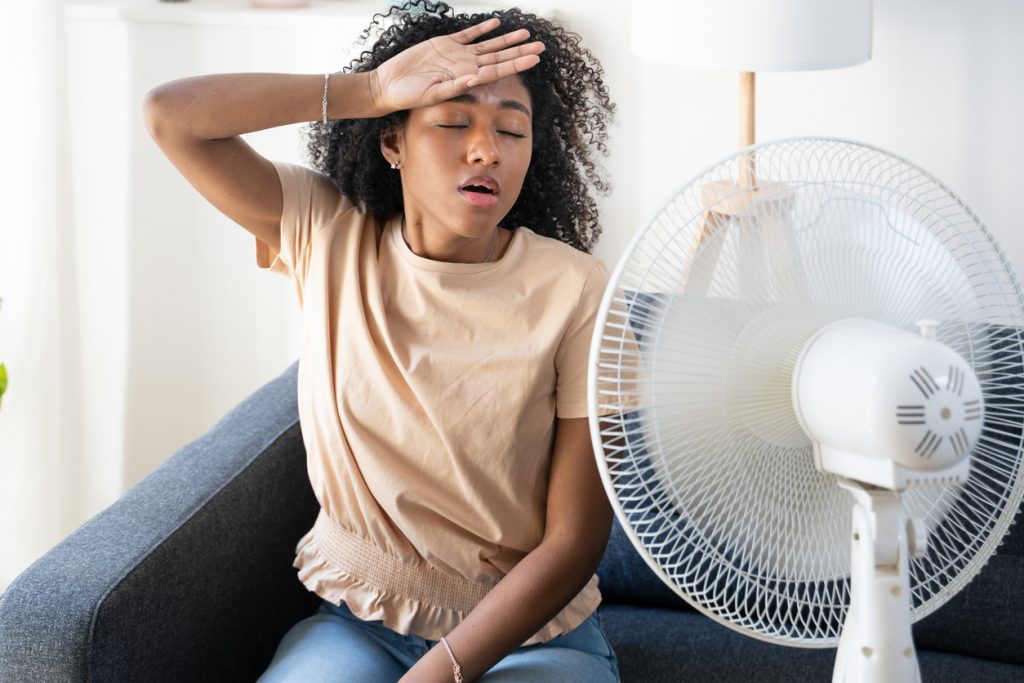
Summer will be here soon, and as temperatures rise, now—before the heat waves roll in—is the best time to look at your home’s energy and water use and find ways to save. The good news is that energy-saving opportunities are all over your home. AHAM has compiled this list of energy saving tips that you can use every day throughout the summer to keep your home cooler, save water and hopefully make your energy bill a little lighter.
Start with prevention
- On hot days, keep your house cooler by limiting heat-producing activities like cooking during the day.
- Close curtains and pull shades to block sunlight.
Optimize your room or portable AC
- Resist the temptation to crank up the AC to the highest level, which uses more energy and can add excessive moisture to a room. Instead, set it at a comfortable level.
- Turn the temperature down at night for more efficient cooling, and up if you are leaving the home for an extended period.
Let the cool air flow
- Use fans strategically to circulate cool air.
- Open windows (and shut off your AC) when the temperatures drop.
Adopt summer-friendly fridge habits
- Maintain steady internal refrigerator and freezer temperatures by limiting how often you open the door.
- Cool those barbecue leftovers and other foods before storing them in the refrigerator. Hot and warm food can raise the temperature, forcing the fridge to work harder to stay cool.
Cooler cooking
- Use pots and pans that are appropriately sized for the burners.
Energy-smart dishwashing
- Run full loads of dishes to maximize efficient energy and water use.
- Avoid pre-rinsing dishes. You likely will use more water than it takes to wash a full load of dishes in the dishwasher.
No-sweat Laundry
- Wash clothes in cold water to save the energy it would take to heat the water.
- Run full loads of laundry to maximize water and energy use.
- Clean dryer lint filters to maintain airflow and efficiency and reduce the risk of dryer fires.




